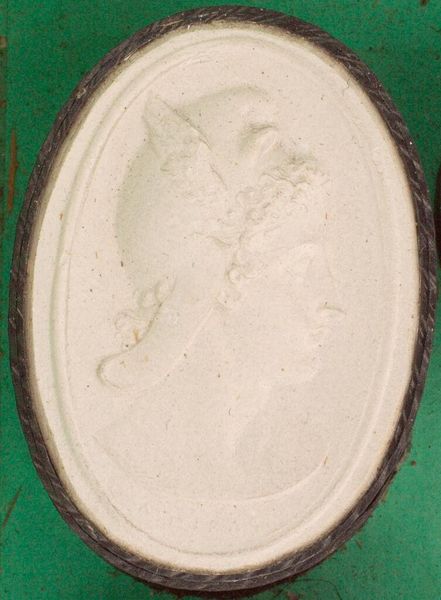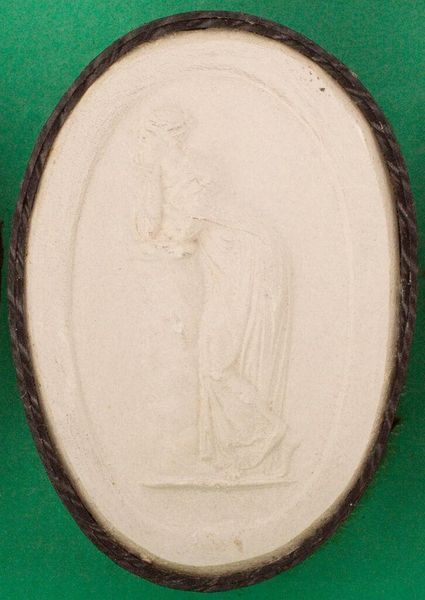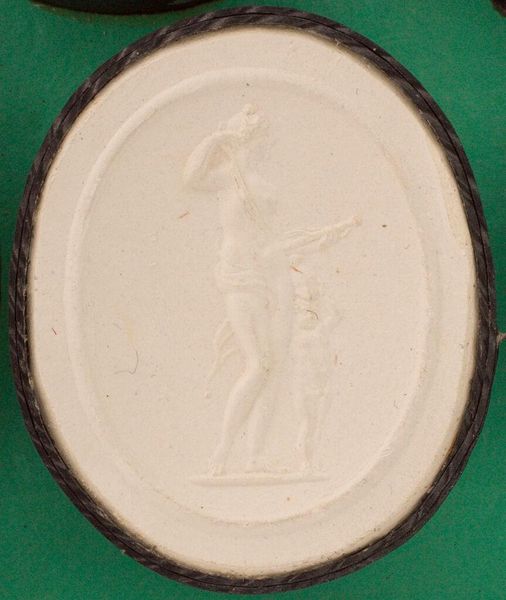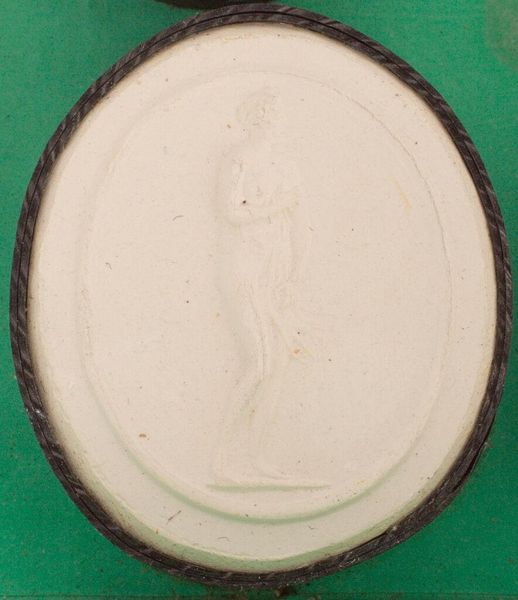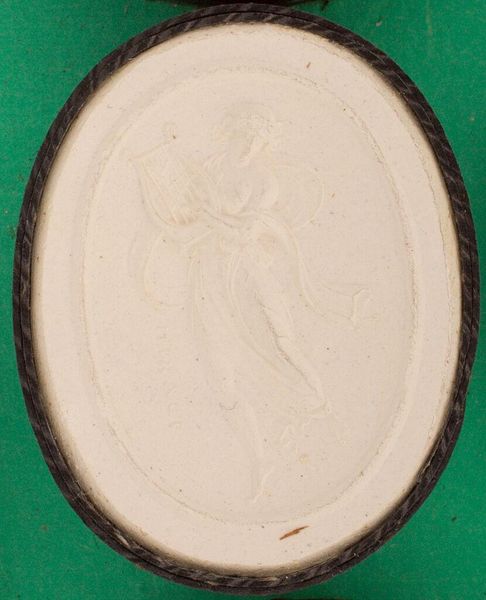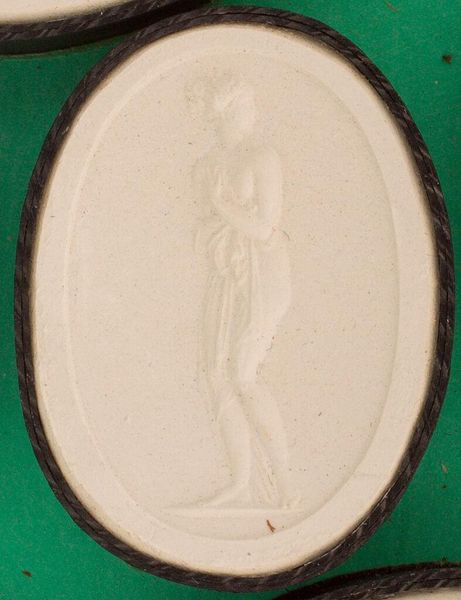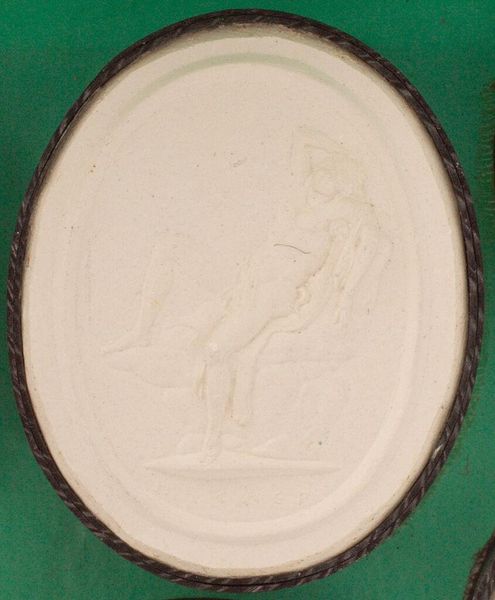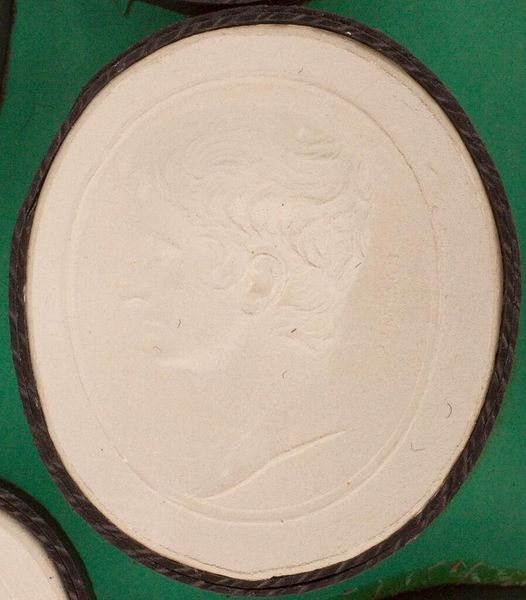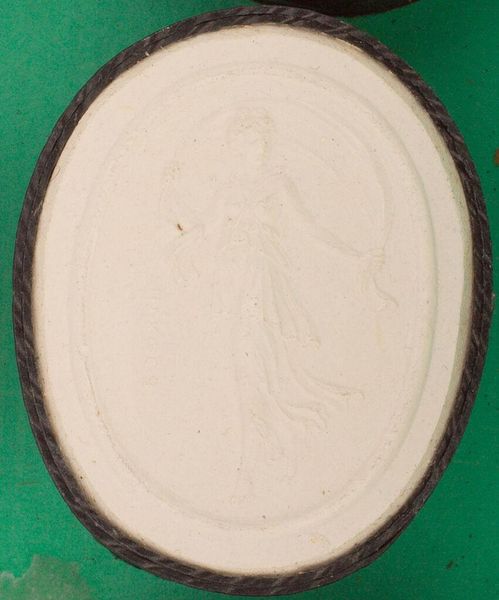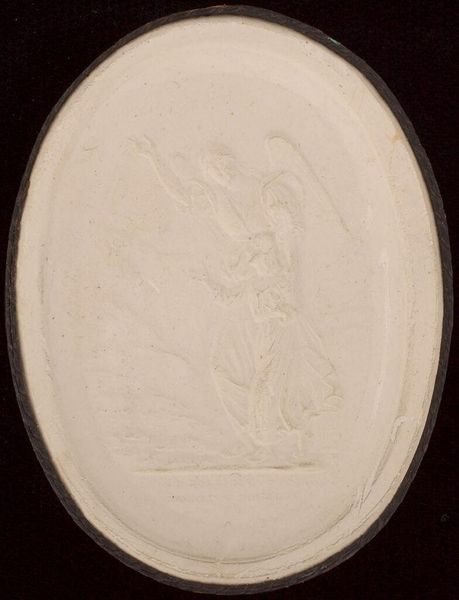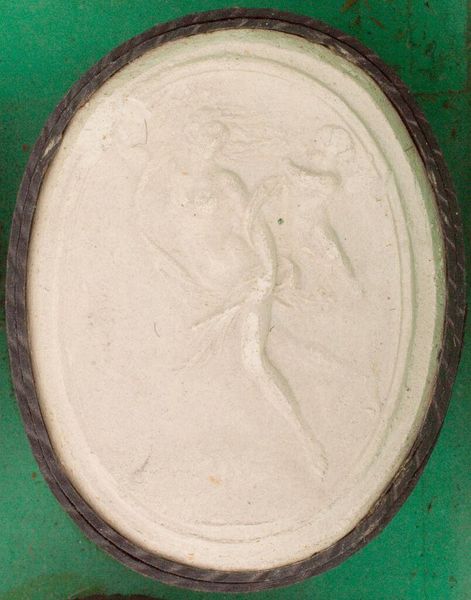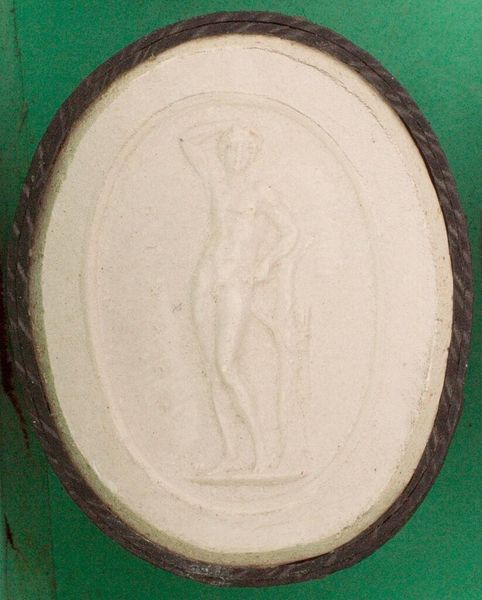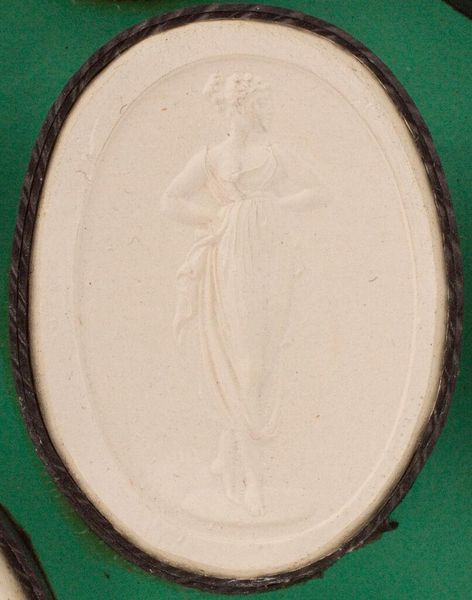
Dimensions: 2.8 x 2.2 x 1 cm (1 1/8 x 7/8 x 3/8 in.)
Copyright: CC0 1.0
Editor: This is Nathaniel Marchant's "Dancing Faun, after antiquity," a tiny intaglio piece. It looks so delicate. What can you tell me about its relationship to antiquity? Curator: The Dancing Faun taps into a long, complex history. Consider the idealization of the male form within the context of ancient Greek sculpture, where the faun, often associated with Dionysus, embodies freedom, sexuality, and a connection to nature. Editor: So, Marchant is intentionally engaging with that history? Curator: Absolutely. In 18th-century Europe, there was a fascination with classical antiquity, and artworks like this become sites for negotiating cultural and social values, like gender, class, and power. What does the "natural" body represent in Marchant’s moment, and for whom? Editor: That's fascinating. I hadn't considered all those layers. Curator: Precisely, and now you're equipped to see the power imbued in the form.
Comments
No comments
Be the first to comment and join the conversation on the ultimate creative platform.
